How to Choose the Best Number of Blade Ceiling Fans for Your Home?
There are many different types of ceiling fans available on the market today. They come in a variety of shapes and sizes, and some even come with light fixtures! Deciding which one is right for you can be difficult. One question that homeowners often ask is whether the number of blades on a fan affects its performance. The answer is: yes, it does — but not as much as you might think. The number of blades determines how much air circulation you get from your fan when it’s turned on high speed setting (also known as “full speed”). Ceiling fans with fewer than three blades produce less airflow than those with four or more because they have less surface area to move air through at once; however, they also tend to cost less money overall since they require less material than bigger fans do...
There are many different types of ceiling fans, with each offering a unique look and feel. One of the most important factors in choosing the right fan for your space is the number of blades it will contain. The number of blades on a fan can affect its style, size and color; it also determines how much air circulation you'll get in a room.
Let's take a closer look at each blade type:
Blade Shape: The shape of a ceiling fan blade is determined by two factors: (1) its size and (2) its shape profile. The larger or smaller an individual blade is compared to other blades on your particular model will determine how much light it casts into your rooms as well as how much airflow it generates overall. Generally speaking, larger blades tend to provide more light while smaller ones create more airflow but less brightness when compared side-by-side with their larger counterparts within any given style groupings such as “modern” or “traditional” designs available today.*
A one-blade fan is a fan that has one blade. The blade moves air and is usually 8–12 inches long, 5–7 inches wide, 2–4 inches thick, and made of wood.
A two-blade fan is the simplest model and is usually used in small rooms. Two-blade fans are also popular for high ceilings, as the motion of the blades creates less turbulence at a higher speed.
A four-blade fan consists of two sets of blades: one set that runs clockwise, and another set that runs counterclockwise. The direction in which each blade rotates can be changed to create a whirlpool effect, which will keep you cool even on hot days when your body heats up easily.
When choosing between ceiling fans with different numbers of blades, consider your room's size and ceiling height. A larger room will require more powerful airflow than a smaller one; if this is the case then it's best to choose an overhead fan with fewer blades instead of one with more since they provide better airflow than others do due to lower surface area per cubic foot (which means less friction). Additionally
Three-blade fans are the most common type of ceiling fan and are best for most rooms. They can be used in bedrooms, living rooms, dining rooms, kitchens, and more.
Three-blade fans are also known as "60-inch ceiling fans" or "54-inch ceiling fans." The name refers to their blade span in inches (the distance from blade tip to blade tip). You can use three-blade fans in any room up to 11 feet high. If your ceiling is higher than this height limit you'll need a different sized fan that has a longer blade span - usually 9 feet or more depending on how large your room is. When deciding which size fan to purchase keep in mind that the closer together the blades of your fan spin (the lower number) will give off less air movement while still providing adequate cooling or heating power
The four-blades fan is the best compromise between performance and cost. It is a good choice for large rooms and rooms with low ceilings, but it is not as efficient as five or six blades.
Four-blade fans are less expensive than other types of ceiling fans, making them a good choice if you're looking to save some money on your home improvement project. If you have a large room that needs cooling and airflow, but also has low ceilings, this type of fan may work well in your home.
The larger size means it cools more quickly than smaller fans do and can be used effectively in medium-sized rooms like bedrooms or living rooms where air circulation might be needed during the warmer months of summer when temperatures rise above 85 degrees Fahrenheit (29 Celsius).
A five-blades fan will be able to move more air than a four-blades fan. This is because the motor that powers the blade has more energy due to its increased number of blades.
The more blades a ceiling fan has, the more air it can move, and thus, it is also more energy-efficient. However, there are only so many blades you can put on a ceiling fan before they start becoming too heavy for even the strongest motors to handle!
Choosing a ceiling fan with fewer blades does not mean that you will have less power or efficiency in your home; choose wisely based on your needs!
If you have a larger room, more air movement is needed to cool down the space. The number of blades on your ceiling fan will determine how much air movement there is from each blade. A higher number of blades means more airflow and less energy use.
For example, if you have a small bedroom with 8ft x 10ft dimensions and only need about 200 cubic feet per minute (CFM) of airflow then using a 3-blade fan would be sufficient to effectively cool down your bedroom but if you have an extra-large living room that measures at 30 ft by 25 ft then using a 7-blade fan will provide more than enough cooling power for this large space without having to turn up your AC unit all day long.
The more blades are used in creating this cooling effect also translates into increased cost due to manufacturing processes needed to create such intricate designs on these large surfaces which can lead back down again through materials used as well as overall design costs involved during production stages when considering price points being set based on consumer demand levels being met first before anything else due through necessity rather than style changes occurring within different markets around the world where material availability may differ greatly depending upon geographic location versus another country nearby where prices might differ slightly due mostly because resources available locally do not match those needed elsewhere internationally."
More blades will mean more air, which is good for larger rooms. However, if you are trying to save money on electricity costs by using a fan instead of air conditioning, you should use the least amount of blades possible!
All you need to know about ceiling fan blades
There are many different types of ceiling fans, with each offering a unique look and feel. One of the most important factors in choosing the right fan for your space is the number of blades it will contain. The number of blades on a fan can affect its style, size and color; it also determines how much air circulation you'll get in a room.Let's take a closer look at each blade type:
Blade Shape: The shape of a ceiling fan blade is determined by two factors: (1) its size and (2) its shape profile. The larger or smaller an individual blade is compared to other blades on your particular model will determine how much light it casts into your rooms as well as how much airflow it generates overall. Generally speaking, larger blades tend to provide more light while smaller ones create more airflow but less brightness when compared side-by-side with their larger counterparts within any given style groupings such as “modern” or “traditional” designs available today.*
One-blade ceiling fans
Two-blade ceiling fans
A four-blade fan consists of two sets of blades: one set that runs clockwise, and another set that runs counterclockwise. The direction in which each blade rotates can be changed to create a whirlpool effect, which will keep you cool even on hot days when your body heats up easily.
When choosing between ceiling fans with different numbers of blades, consider your room's size and ceiling height. A larger room will require more powerful airflow than a smaller one; if this is the case then it's best to choose an overhead fan with fewer blades instead of one with more since they provide better airflow than others do due to lower surface area per cubic foot (which means less friction). Additionally
Three-blade ceiling fans
Three-blade fans are also known as "60-inch ceiling fans" or "54-inch ceiling fans." The name refers to their blade span in inches (the distance from blade tip to blade tip). You can use three-blade fans in any room up to 11 feet high. If your ceiling is higher than this height limit you'll need a different sized fan that has a longer blade span - usually 9 feet or more depending on how large your room is. When deciding which size fan to purchase keep in mind that the closer together the blades of your fan spin (the lower number) will give off less air movement while still providing adequate cooling or heating power
Four-blades ceiling fans
Four-blade fans are less expensive than other types of ceiling fans, making them a good choice if you're looking to save some money on your home improvement project. If you have a large room that needs cooling and airflow, but also has low ceilings, this type of fan may work well in your home.
The larger size means it cools more quickly than smaller fans do and can be used effectively in medium-sized rooms like bedrooms or living rooms where air circulation might be needed during the warmer months of summer when temperatures rise above 85 degrees Fahrenheit (29 Celsius).
Five-blades ceiling fans
The more blades a ceiling fan has, the more air it can move, and thus, it is also more energy-efficient. However, there are only so many blades you can put on a ceiling fan before they start becoming too heavy for even the strongest motors to handle!
Choosing a ceiling fan with fewer blades does not mean that you will have less power or efficiency in your home; choose wisely based on your needs!
The more blades your fan has, the more air it will move
For example, if you have a small bedroom with 8ft x 10ft dimensions and only need about 200 cubic feet per minute (CFM) of airflow then using a 3-blade fan would be sufficient to effectively cool down your bedroom but if you have an extra-large living room that measures at 30 ft by 25 ft then using a 7-blade fan will provide more than enough cooling power for this large space without having to turn up your AC unit all day long.
The more blades are used in creating this cooling effect also translates into increased cost due to manufacturing processes needed to create such intricate designs on these large surfaces which can lead back down again through materials used as well as overall design costs involved during production stages when considering price points being set based on consumer demand levels being met first before anything else due through necessity rather than style changes occurring within different markets around the world where material availability may differ greatly depending upon geographic location versus another country nearby where prices might differ slightly due mostly because resources available locally do not match those needed elsewhere internationally."
The number of blades affects the amount of air movement a fan can provide
The number of blades affects the amount of air movement a fan can provide. The more blades a fan has, the more air it moves. More blades create more pressure and create a more powerful airflow which allows you to feel cooler in your home. If you are looking for something that will keep you cool on those hot summer days, then look for fans with 3 to 5 blades as these are usually large enough to provide some much-needed relief from the heat.More blades will mean more air, which is good for larger rooms. However, if you are trying to save money on electricity costs by using a fan instead of air conditioning, you should use the least amount of blades possible!

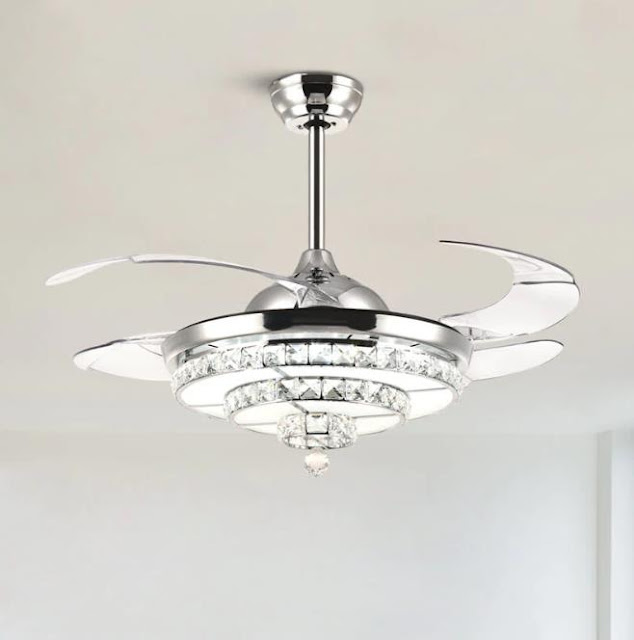
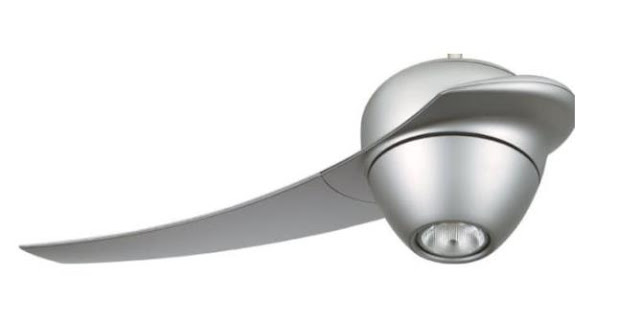
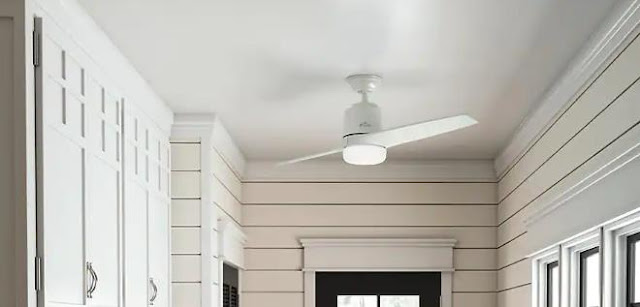

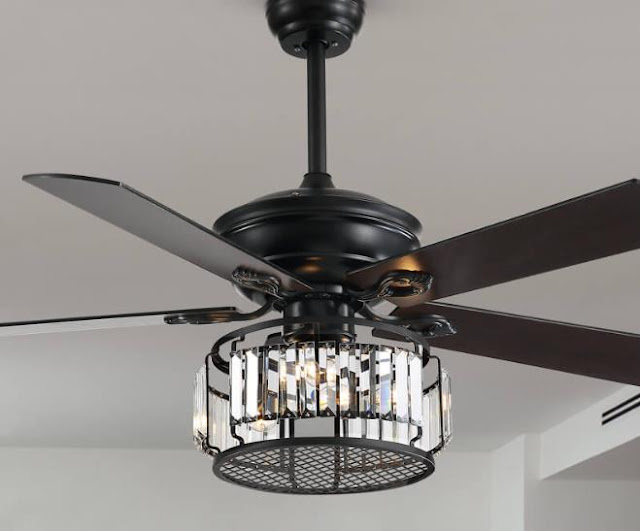
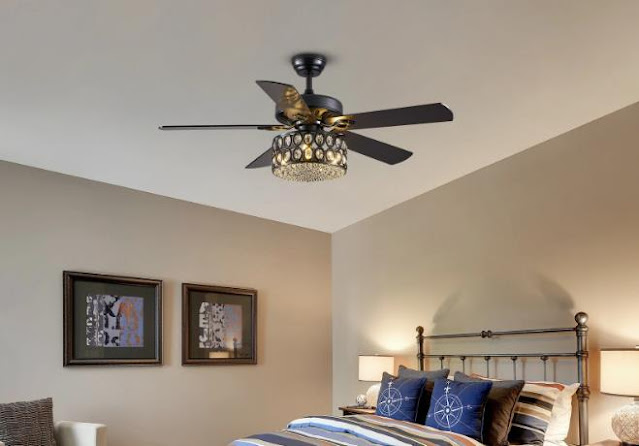




Comments
Post a Comment